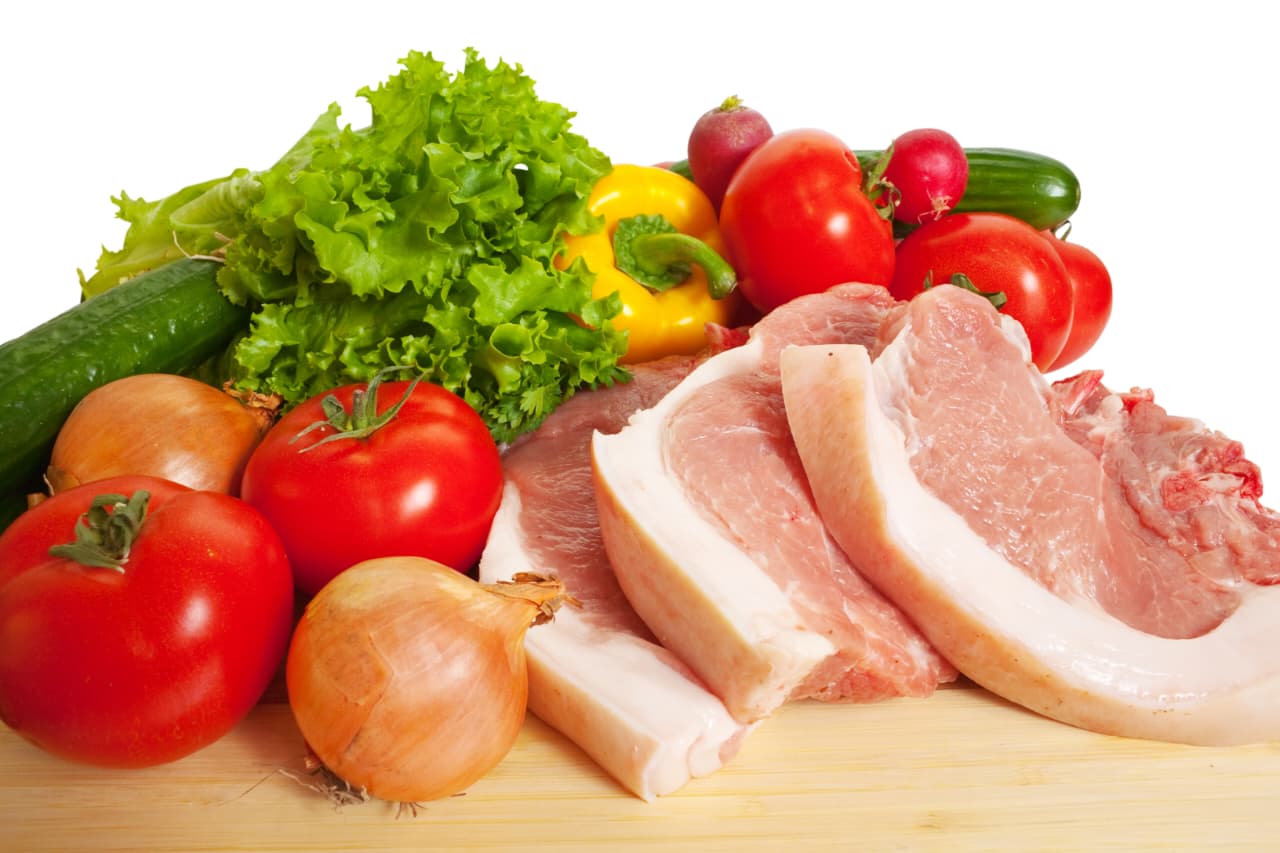The households in Bangladesh are still under the pressure of high inflation, with the overall Consumer Price Index (CPI) being more than 8% in the majority of the year 2025 and food prices not decreasing, even though there was a monthly reduction in late Q3–Q4. It is the same situation for Dhaka’s kitchen markets where customers are paying more for onions, eggs, poultry, main winter vegetables, and hilsa fish, a common fish, which is also the result of currency depreciation, increased fuel and utility prices, and weather disruptions. Even though inflation for October dropped to about 8.17%, the price tags at Karwan Bazar and other retail hubs show no significant relief, particularly for fresh produce and proteins where supply shocks are quick to be passed on. One way to cope with this is by keeping up with the weekly market trends and replacing the expensive items with seasonal, locally available ones, thus, managing the budgets at the household level.
Food inflation and headline trends
- The overall inflation trend fell to approximately 8.17% in October 2025 from 8.36% in September, which is the lowest since mid-2022, but it is still high compared to historical averages.
- Food inflation did not decline much, and the yearly food price increase remained over 7% in September; the 2024 maximum of 14.1% highlights the continued necessity pressure.
- In 2025, supply chain problems affected both rural and urban markets; however, it is quite surprising that urban inflation has not declined much, considering the impact of transportation and rent costs being passed on.
Kitchen market snapshots
- Vegetables: The prices of many vegetables in Dhaka range from Tk 80–100 per kg, while tomatoes are Tk 120–160; cucumbers Tk 80–120; eggplant Tk 100–120; pointed gourd Tk 60–80.
- Onions: Retail prices have gone up to Tk 120 per kg in the middle of November, and volatility is still a major risk for household budgets.
- Eggs: The price of farm eggs is about Tk 135–150 per dozen, which has increased week by week due to the tight supply situation.
- Poultry and meat: The price of broiler chicken varies from Tk 160–235 per kg depending on the time and market; Sonali chicken ~Tk 320–370; beef ~Tk 750–780; mutton ~Tk 1,000–1,180.
- Fish: Hilsa is a very larger fish of varying sizes—about Tk 650 per kg for ~450g fish up to Tk 1,800–2,300 per kg for 1 kg+ pieces; common carp/rohu Tk 300–450.
Why prices are sticky
- The depreciation of Taka, the increase in the cost of inputs (feed, fuel, and utilities), and the damage to crops caused by the monsoon have all contributed to the supply becoming tighter and the cost of distribution going up.
- While the CPI is going down, the perishables are still reacting to the immediate supply shocks, which is causing the kitchen market prices to be higher than the official trendlines suggest.
Smart saving tips
- Buy seasonal and local varieties; when prices go up, switch from tomatoes to gourds/greens.
- Plan weekly menus according to the market specials; compare the neighborhood markets with wholesale-adjacent spots like Karwan Bazar.
- Buy staples in bulk when there are promotions; also, keep the onions/potatoes in the right conditions to avoid waste.
Read Also: Popular Bangladeshi Influencers to Follow







